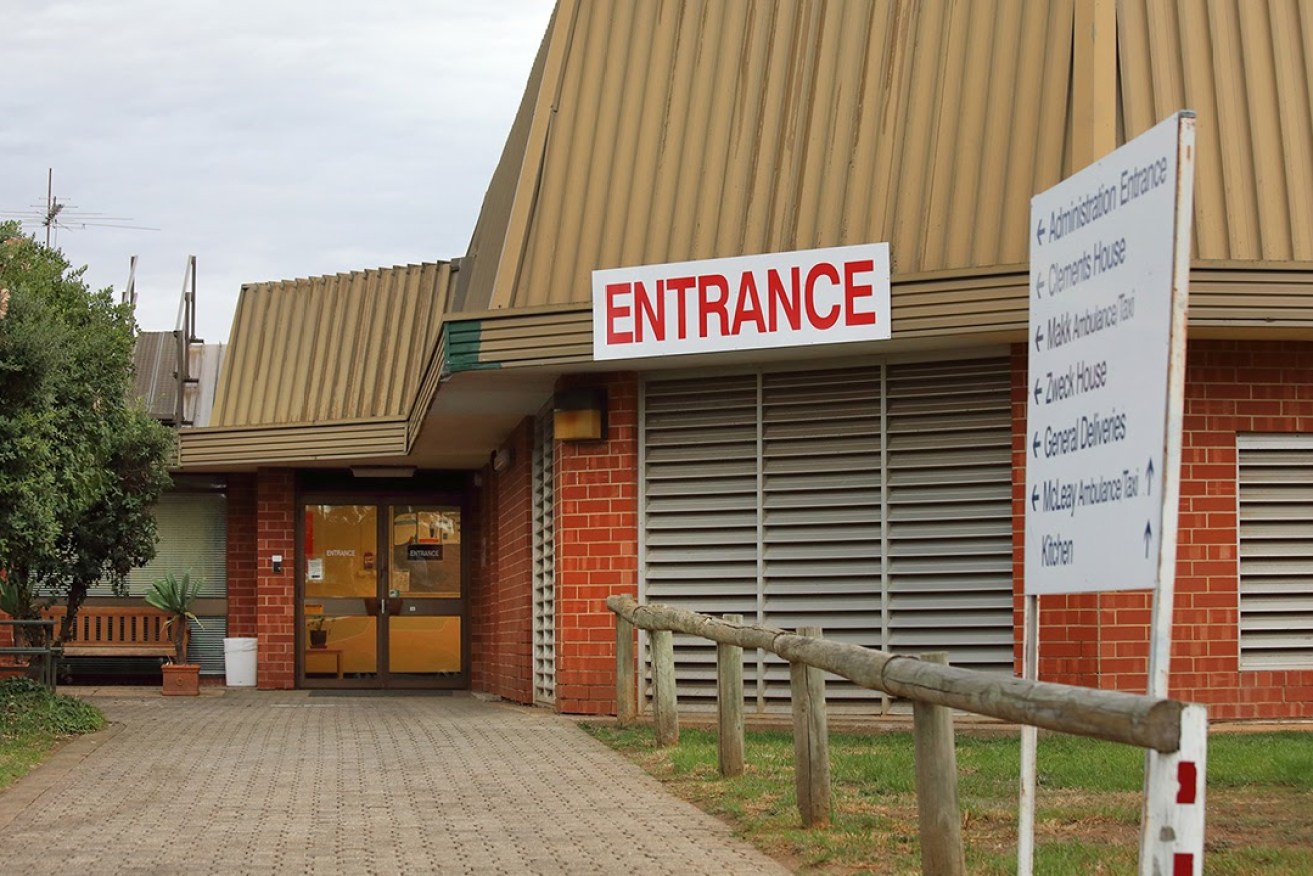
Oakden not the only case of ‘elder abuse’ in our community
Most older people in Australia live safe and secure lives. A small proportion – about 5% – lives in residential care, and the vast majority of these live safe and secure lives.

The Oakden Older Person's Mental Health Service. Photo: Tony Lewis / InDaily
However, as the Oakden report in South Australia showed, some elderly people do not, and have, suffered significant abuse at the hands of some of their carers.
The report from the SA Independent Commissioner against Corruption was entitled “Oakden: a shameful chapter in South Australia’s history.” It documented horrific abuse of vulnerable older people in the care of the state.
The Commissioner said that the evidence he received was “astonishing” and that the abuse resulted from systemic failings in processes and oversight, and a culture of secrecy. The report focussed on management deficiencies, under-resourcing and maladministration.
The findings include 13 recommendations to improve clinical governance, administration and care processes. Knowing what to do to prevent abuse and bring to justice perpetrators who harm older people needs clear thinking and clear legal powers.
In this case there is a clear set of accountabilities and responsibilities, and this report will set some directions for better care and community engagement.
Is somebody thumps your elderly mum or dad, you should go to the police and report an assault. Whether this happens on the street, in a house, or in a care facility, an assault is an assault.
But elder abuse is more complex than is a black and white case of assault.
Like anybody else in the community, older people are at risk from four main sources:
- Strangers who may victimise them;
- Commercial organisations or “white collar” criminals who might rip them off
- Carers with whom they are in a “duty of care” relationship and who may neglect or abuse them.
- Family members, friends and acquaintances, who may steal from them or mistreat them physically or emotionally.
The Oakden report focussed on the third of these, but the fourth is most prevalent.
The first is rare, and the second is a growing, but separate field. Problems of abuse are spread across a wide spectrum of responsibility
Nobody knows how widespread is the abuse of older people and there is no reliable way of gathering data. It is estimated that 1 in 25 older people suffer abuse, although Associate Professor Eileen Webb (in The Conversation) says it could be as high as one in 10 or as low as one in 50.
What we do know is that female elders are abused at a higher rate than males, even after accounting for their larger proportion in their ageing population, the oldest elders (80 and over) are abused and neglected at two to three times the proportion of the elderly population.
In 85 per cent of the elder abuse and neglect incidents with a known perpetrator, the perpetrator is a family member, and two-thirds of the perpetrators are adult children or spouses. About half are adult children and one fifth are spouses of the victims. Other relatives and grandchildren are also in the mix.
As with any public policy question the first question is “who owns the problem” and this is followed by “who owns the solution”.
Here we are in a mix of state, commercial and informal providers, as well as family dynamics. It clearly is not simply a police matter, or simply a clinical governance and administrative matter.
Clearly the police cannot solve cases of psychological abuse and marginal financial manipulation, or event minor cases of neglect.
It is difficult to believe that family members could be the main perpetrators. People do not believe that Australian families would do that.
It is always hard to intervene in family dynamics but there are risk factors for older people at home.
For those at risk of being abused, keep an eye out for isolation of the older person, ongoing family conflict, dependency – physical and/or emotional and/or financial and lack of external services.
For abusers risk factors include ongoing family conflict, emotional problems, income stress, substance/ alcohol abuse, and care giving stress, something that undermines much good will.
Twenty years ago an American manual outlined some red flags that family members and professionals might notice to see if abuse was occurring.
These include standard of living not in keeping with the elder’s income or assets – poor clothing, grooming supplies etc; unusual or inappropriate activity in bank accounts; unexplained or sudden inability to pay bills; valuable personal belongings missing; signatures on documents which appear suspicious and lack of understanding of financial arrangements that have been made
There are intergenerational issues where family members want to get their hands on an older person’s assets, as we saw in the sentencing of two teenage girls recently who murdered the grandfather of one of them.
Residential issues can be fixed with management overhauls, and hopefully the Oakden report will blaze a trail here. Family dynamics is more complex, but there are legal and institutional measures that can be brought to bear.
The proportion of older people living in non-private dwellings increased with age from 2% of people aged 65–74 years to 6% of people aged 75–84 years and 26% of people aged 85 years and over. (ABS)
Adam Graycar is Professor of Public Policy at Flinders University. He was previously professor of public policy at Australian National University and director of the Transnational Research Institute on Corruption. He has 22 years of senior executive experience in public services, including as head of the South Australian Cabinet Office and the Australian Institute of Criminology. His recent research has focused on corruption.




